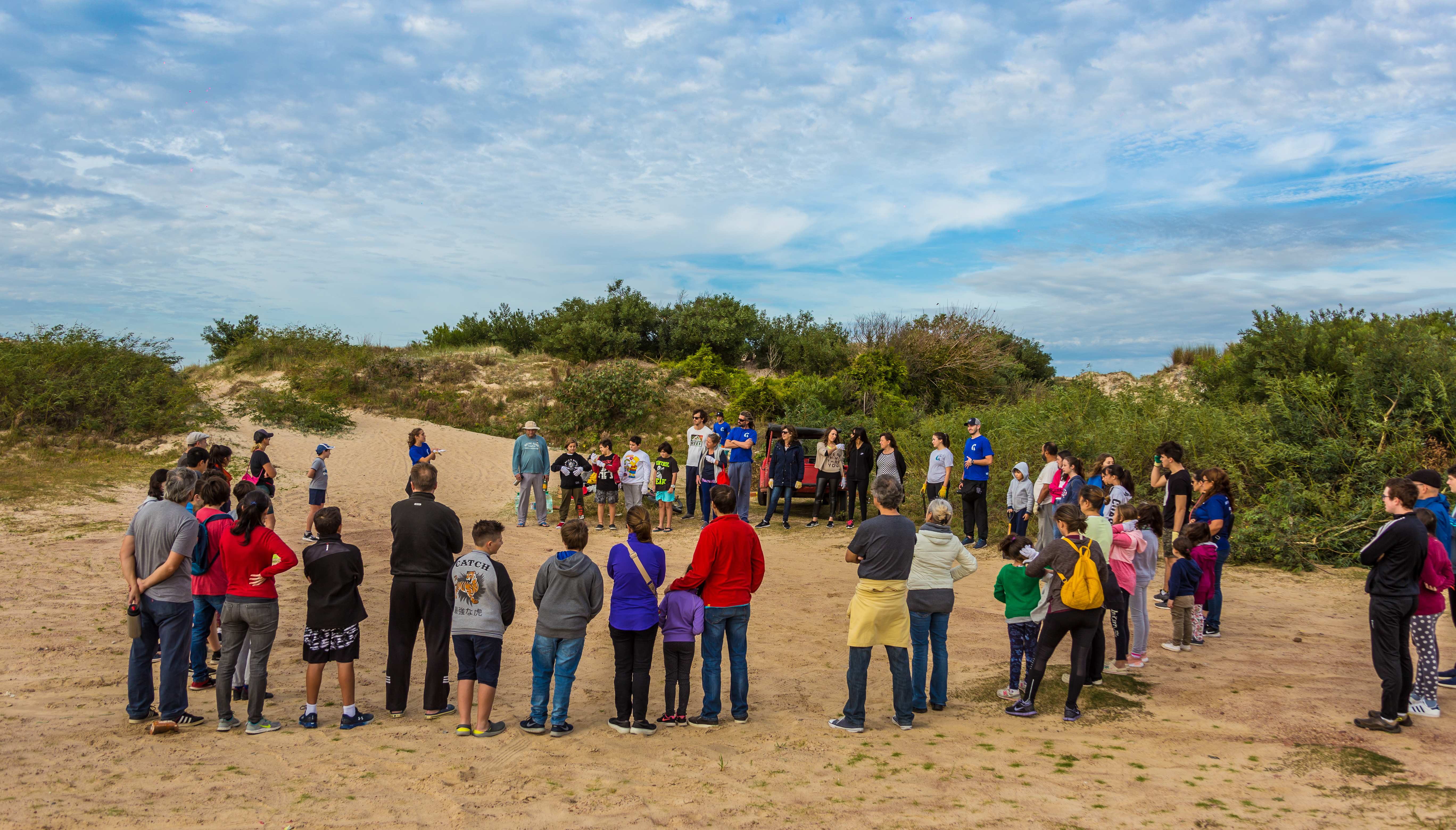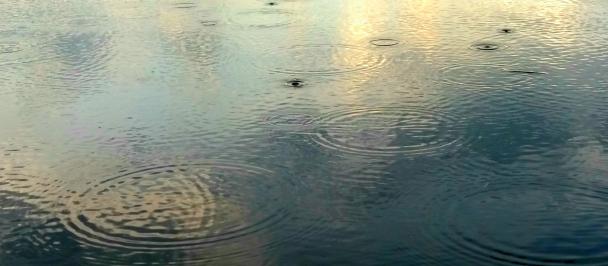Progress in crisis and emergency preparedness in Uruguay
10 de Noviembre de 2023

Just before the storm
In a world with increasingly challenging crises and emergencies, the need to change from a reactive to a preventive culture turns out to be essential. Preparedness becomes the key to protect lives, assets as well as nature, while reducing the impact and recovery time in the face of extreme events such as disasters, economic crises, pandemics, conflicts, or pollution events.
Being better prepared not only saves financial resources but also contributes to the sustainability of social, environmental, and economic progress. It avoids delays in development processes and in people's quality of life. When institutions and individuals come together to work on emergency preparedness and response, the population ends up being more resilient and able to recover while they foster mutual collaboration and solidarity.
Recently, UN Secretary-General António Guterres encouraged agencies to work so that, within five years, early warning systems will protect everyone on the planet. For the United Nations Development Programme (UNDP), warning systems are a priority issue to face the effects of climate change and extreme weather events, which are becoming more frequent and intense.
For this reason, UNDP Uruguay has been working with the Uruguayan government since the creation of the National Emergency System (SINAE) in 2003, providing support for both preparedness and recovery from extreme events. In recent years, we have made substantial progress in information management, damage and loss assessment and warning systems.
Information management
We have developed the Comprehensive Risk and Impact Monitor (MIRA), an innovative digital platform that integrates and centralizes information from several institutions. This has improved the effectiveness of the response, allowing the exchange of information to and from the affected areas, sending alerts to the population and knowing in real time the effects and needs on the field. MIRA has quickly become the main tool for integrated risk management and played a fundamental role in the successful management of the pandemic at the national level.

Local community working on coastal dune restoration. Canelones, Uruguay.
Being better prepared not only saves financial resources but also contributes to the sustainability of social, environmental, and economic progress. It avoids delays in development processes and in people's quality of life.
Damage and loss assessment
Between 2021 and 2022 we adapted the Post Disaster Needs Assessment (PDNA) methodology to local conditions, agreeing on the national strategy and developing guidelines for its application to future emergencies or disasters. In addition, we fulfilled the more ambitious objective of carrying out a PDNA for the education and tourism sectors in the context of the COVID-19 pandemic in Uruguay, estimating losses in both sectors and generating strategies for their recovery.
Warning systems
During 2022-2023, we also made progress in the development of warnings, setting the state of the art of Early Warning Systems (EWS) and preparing a roadmap for the development of a multi-hazard EWS at the national level.
In this process, South-South cooperation was promoted by gathering lessons learned from Chile, Cuba and Ecuador, which also received support from UNDP.
The systematization of the progress achieved showed that Uruguay has EWS in specific locations for storms, rains, heat and cold waves, and progress in the communication of warnings. However, these warnings are not linked to risk level modeling to generate clear messages to the population about the impacts that may occur and the type of actions that should be taken.
The short-term challenge is to strengthen existing systems and generate new EWS for unaddressed hazards, such as droughts. In the medium term, the aim is to integrate existing EWS into a multi-hazard system.
In the future, the consolidation of MIRA, the application of protocols for damage and loss assessments and the development of a multi-hazard EWS will be crucial to make the country's development process more resilient, reducing vulnerabilities and accelerating recovery processes in the face of future crises and extreme events.
* These results were possible thanks to the joint work with the National Emergency System of Uruguay (SINAE), and the technical/financial support of the network of UNDP country offices in the region, the UNDP Bureau for Crisis, the UNDP Regional Office for Disaster Risk Reduction for Latin America and the Caribbean, the International Centre for Research on El Niño (CIIFEN), the UNDP Innovation Facility and the UNDP Rapid Response Facility

 Locations
Locations

